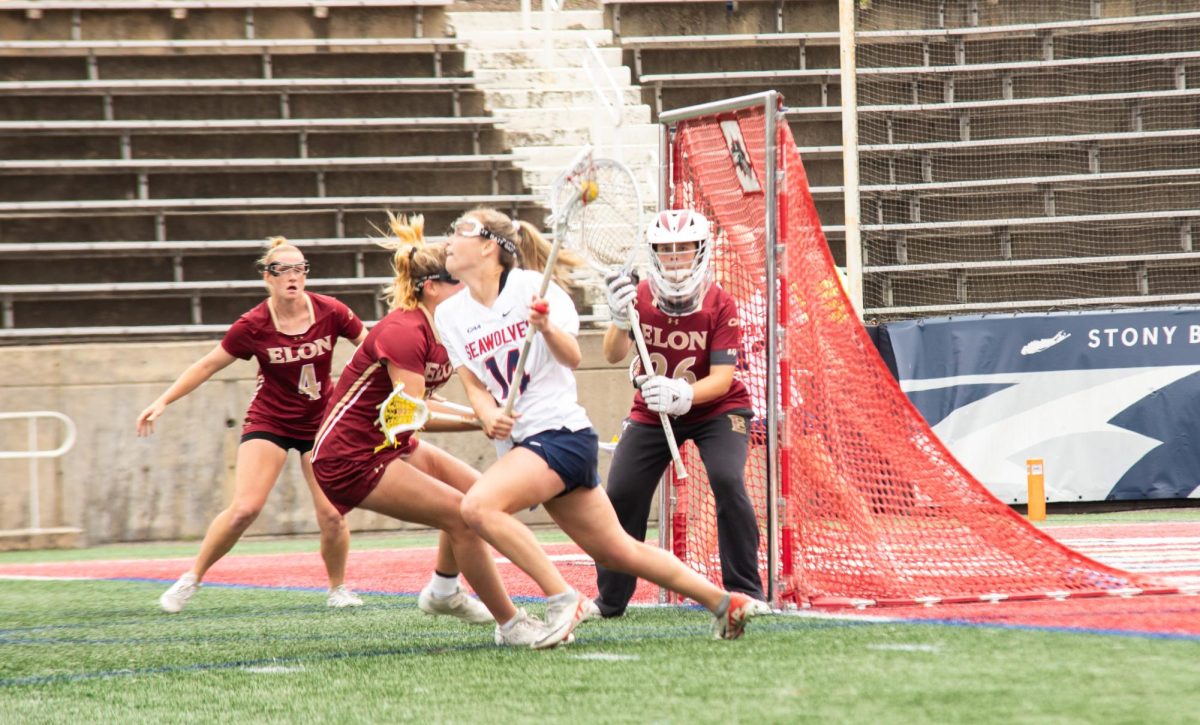Graduate student Chris Corder may have to start his research from scratch if the laser hidden away in the basement of the Physics building isn’t replaced before the end of its life cycle.
Corder, a 25-year-old graduate student at Stony Brook, along with four other students working on their doctorates, rely on the Verdi laser in order to graduate. But lately, it has become a race against time and money to complete the project.
“Our research would have to dramatically change and would prolong the time it would take you to graduate,” Corder said about the laser’s replacement. “If you have to dramatically change what your project is you’re almost guaranteed to add another year if not two years.”
Harold J. Metcalf, a Physics professor at Stony Brook University, is the man behind the project. Metcalf and his students perform basic research that has no attainable end product.
“We use lasers to shine on beams of atoms, to make atoms do what we think would be interesting to make them do,” he said. “It’s about advancing the state of knowledge, which also educates students.”
Metcalf argues that basic research can lead to better understanding and knowledge about how the world works, in addition to training students to be able to solve problems that have not been solved before.
The Verdi laser helps Metcalf do this. He was able to scrounge and save his budget for years so he could buy one. He now has two and says his lab is one of the few on Long Island, or in the country that have one.
But its price tag of $120,000 and the repairs that come along with it are starting to impact the research.
“When I bought it I thought, 10 years this is great. But now, it’s nine and a half years later and this thing is starting to go down,” Metcalf said. “I’m in a situation where the granting agency is under pressure to have their budgets reduced and that could mean that when this thing goes down it won’t be refurbished.”
But he is running into issues with replacing parts in the laser that have started to fail. Replacements will cost roughly $30,000, and that money is not easy to come by.
According to Nancy Daneau, the deputy to the vice president for research, the $50 million of stimulus money that Stony Brook received will start to run out in the next two years. In addition, state funding is expected to decrease under Gov. Andrew Cuomo’s new budget.
“We are predicting over the next five years to have a flat or reduced budget,” Daneau said. “It will mean people will have to submit more competitive proposals.”
The lasers funding is not the only thing that departments will have to fight for. Across the board, professors will need to work harder on communicating the need for funding in a situation where competitiveness is at an all-time high. For professors, this means less time to focus on teaching and more time searching for funding for their research.
The Research Foundation, the agency that manages all research money for SUNY campuses, does lend money to researchers, but only if they have proof of potential funding opportunities.
This is something Metcalf does not yet have. His two grants, one for graduate students that does not support non-Americans and one from the Navy, which is up for renewal in October.
“I assume, hope and hope, it’s going to be renewed but if not I have to do something and I don’t know what I can do,” Metcalf said.
Metcalf and his students do not worry on a daily basis about the funding. His students say they are sheltered from the budgeting issues for the most part. But the issues still affect them and could have a detrimental affect on their graduation.
Though the outlook seems bleak, the office of the Vice President of Research says it’s working hard to step in and help professors receive the funding they need.
“We just have to hope it will be renewed,” Metcalf said. “That’s no way to run an operation, but that’s the way it has been forever.”











